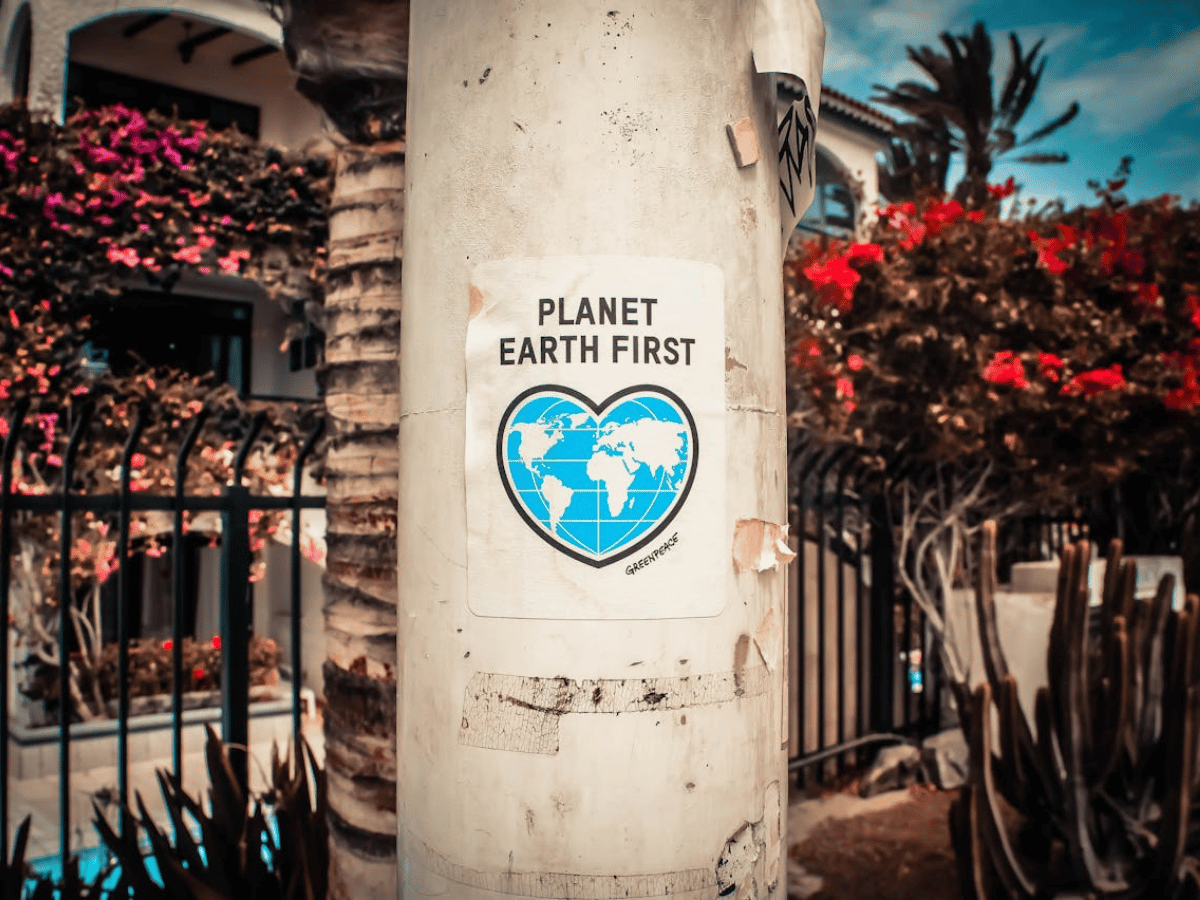With Earth Day fast approaching on April 22nd, it feels like the perfect time for individuals and businesses to reflect on their carbon footprint and consider ways to become more environmentally conscious.
There are many methods for reducing energy consumption from insulating buildings to avoid heat escaping, to switching to a smart energy meter. Meanwhile, adjustments to travel, packaging and suppliers can all help brands to reduce carbon emissions. However, an area that is sometimes overlooked is the field of marketing.
Yet, in reality, advertising and sustainability are strongly linked concepts. Many of the activities that brands use for advertising purposes produce a significant carbon footprint and more sustainable advertising alternatives are available.
In this article, we explore sustainable advertising campaigns and strategies, highlight some of the pitfalls and mistakes that businesses make, and take a closer look at concepts like media waste and the need to optimise ad placement. As a result, you will be able to consider sustainability in your own company and think about possible changes.
Understanding Digital Marketing and Sustainability
When brands think about sustainability and environmental issues, digital marketing may not be an obvious area to focus on. After all, it does not have obvious links to carbon emissions in the way that transportation or heating a building do. Yet it is estimated that digital advertising contributes one million tons of CO2 emissions each year.
The primary way in which digital advertising results in carbon emissions is through processing power and electricity usage. Digital advertisements rely on the use of servers, which use electricity. A high number of advertisements, leading to a high number of web pages, uses a lot of processing power, resulting in large electricity bills.
This energy consumption, in turn, will increase a brand’s carbon footprint. According to Cepsa, a single advertising campaign generates carbon emissions that are equivalent to what seven people put into the atmosphere in a year. Such an estimate is useful for highlighting the need for more sustainable advertising campaigns moving forward.
A particularly important way brands can improve sustainability in advertising is by limiting media waste, which is defined as money spent on advertising that does not result in a profit for your business. Examples of media waste include adverts aimed at people who are not target customers, poor quality ads and poorly placed ads.
Common Pitfalls and the Dangers of Greenwashing
In general, companies are now more concerned than ever before with ideas of brand safety and avoiding associations or advertising contexts that could cause reputational harm. This is one of the key reasons why it is so important to avoid common sustainability pitfalls and to understand the dangers of attracting “greenwashing” allegations.
For example, in recent years, NFTs emerged as a popular area for marketers to explore. However, publishing a unique digital asset on a blockchain and selling the digital asset using cryptocurrency all requires significant processing power and this can result in a substantial carbon footprint. In fact, when looking at the process of selling artwork, an NFT transaction is estimated to have a carbon footprint 14 times higher than selling and mailing a physical art print.
Brands need to think carefully about which techniques they use and whether there are hidden environmental costs. It is also notable that consumers are increasingly aware of the concept of “greenwashing” and an article for the Harvard Business Review found that greenwashing leads to a drop in ACSI customer satisfaction score too.
Any sustainable advertising claims must be true and verifiable. It can be beneficial to work with a partner with significant experience with conscious marketing and a clear understanding of how it can contribute to positive perceptions of your brand and ultimately improve your business performance.
The other common pitfall is the aforementioned concept of media waste, which is where brand suitability comes in.
The Importance of Brand Suitability in Advertising
Ultimately, in order to minimise media waste, avoid creating ineffective advertisements and prevent a situation where you are failing to balance advertising and sustainability, you need to explore brand suitability solutions. This means side-stepping situations where your ad campaigns are not aligned with your audience, voice or brand values.
One of the big challenges with brand suitability is the fact that it is not entirely dependent on the content of your advertisements. Regardless of whether they are video ads, PPC ads or traditional ads, your brand can be adversely affected by the location where ads appear and the content they are adjacent to.
For example, if your ads appear in a YouTube video that is not in-keeping with your brand values, you risk people making the wrong associations. If your content appears next to content that is unlikely to appeal to your target audience, the ad is unlikely to be seen by the people you need to see it and you are unlikely to achieve a strong ROI.
In other words, sustainable advertising campaigns are advertising campaigns that consider issues like brand suitability. You may need to work with trusted experts in this field to ensure your ads appear in the right places. Failing to pay attention to brand suitability can lead to media waste, which impacts your business’ sustainability.
Closing Thoughts
Digital advertising may not be an immediately obvious area to focus on when trying to boost your green credentials, but advertising and sustainability are actually closely linked and sustainable advertising can boost your business’ reputation. You will need to choose your approaches wisely and avoid marketing that results in high emissions.
However, beyond this, you also need to think in terms of media waste and optimising your advertising campaigns to avoid using processing power and electricity without achieving your goals. This may mean working with trusted partners with expertise in the areas of conscious advertising, sustainable advertising campaigns and brand suitability.
